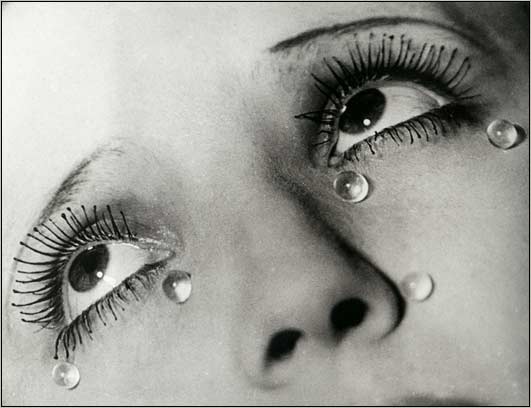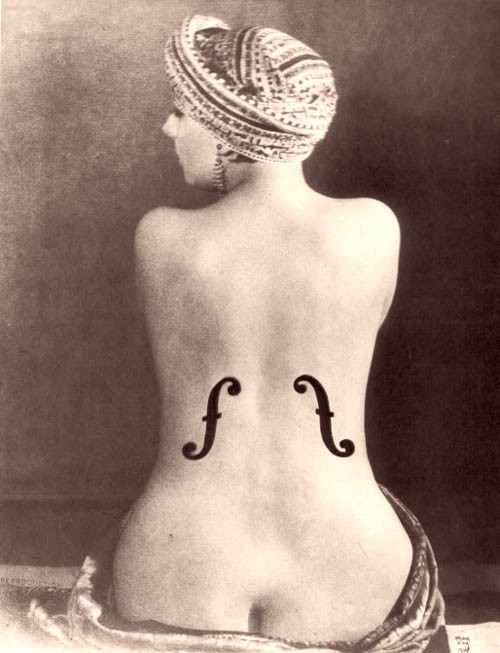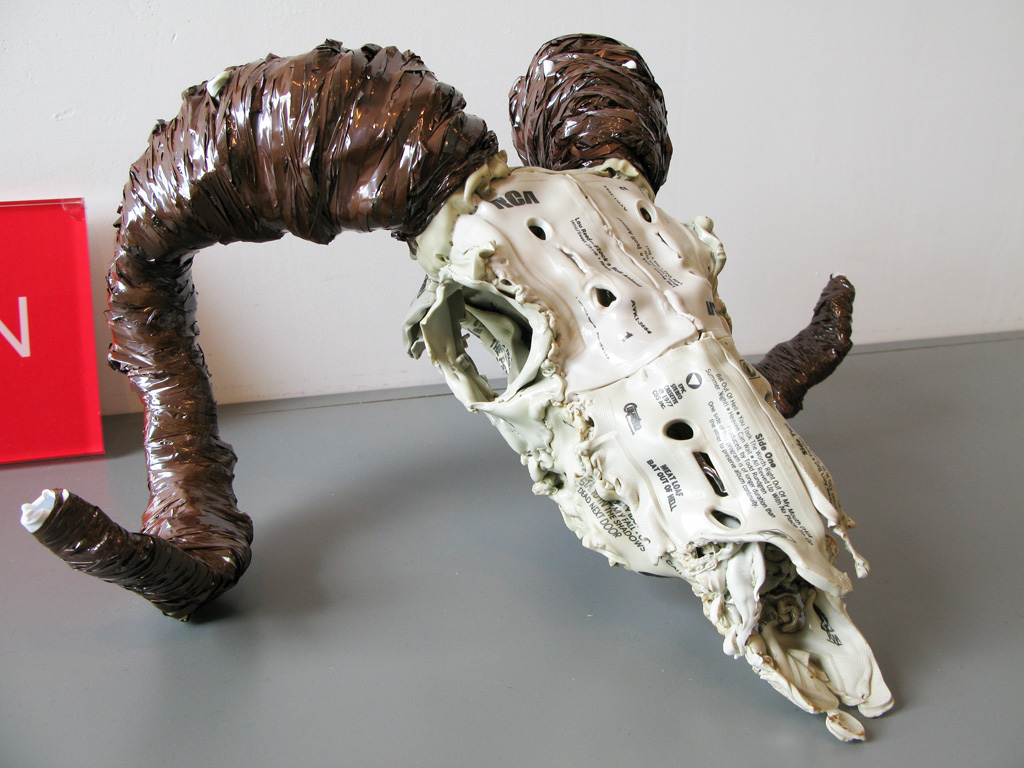
Jump, Recess Series

Wave, Recess Series

Crowdsourcing, illustration for WIRED

pages from a sketchbook
James Jean moved to New Jersey from Taiwan with his family when he was 3. Like most of my previous picks, he is strongly influenced by graphics and illustrations. In an interview Jean recalls that he used to help his dad with the paper route to earn money for comics, and when he was old enough, he moved to New York and immediately began illustrating covers for DC and Vertigo comics.
Since that point, judging by
his website, it seems he has enjoyed nothing but success. Sections of his site feature some incredible and unconventional comic book covers, as well as commercial illustration work for such firms as Burton, Men’s Health, Entertainment Weekly, Washington Post, Rolling Stone, Spin, ESPN, Nike, Playboy, Target, Time, Wired, etc., etc., etc.
Damn.
When I saw the list I figured that each illustration would conform to some popularist aesthetic given each demographic, yet his illustrations themselves comprise a cohesive body of work that draws on painting, with a unifying style. It’s the kind of work I would imagine going to see at a gallery and loving; the illustrations actually stand along.
He also has some pages from his sketchbook on display that I found really impressive. He tends to really develop his sketches with watercolor and other color media, which inspires me to take my sketchbook somewhat more seriously. There is also an absurd aesthetic way that Jean has of seeing the world. That comes out in the sketchbooks
His current project is called “process recess” and it “is about childhood & ghosts. It is a series of pictures depicting the suburban milieu.” The series depicts children in familiar school-like settings, drawing on painting and digital arts. Each sccene is injected with a healthy amount of morbidity that makes the images difficult to read and interpret.
I also really like Jean’s color palette. He tends to use a lot of muted complimentary colors: pinks, light blues, etc. This makes the rare saturated color really stand out.
I would group Jean’s work together with Nicholas Di Genova’s, stylistically in this graphical, illustrational, character-based camp. I would also make a connection to Maurizio Cattelan in that both artists are drawing on a somewhat absurdist style to achieve humorous, yet simultaneously obscene/threatening results.

+2004.jpg)














































